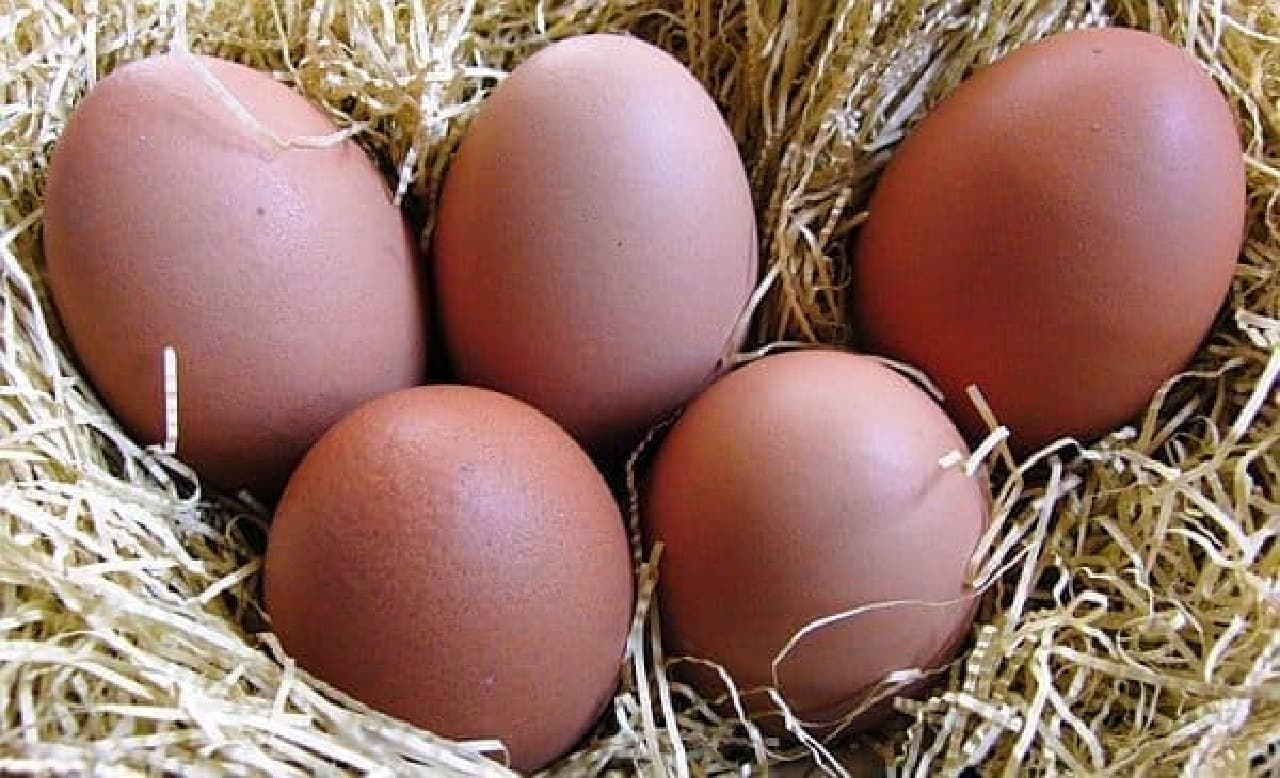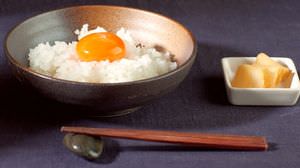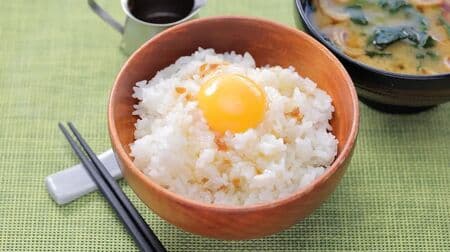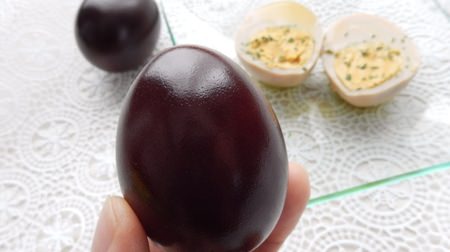For this reason, many people think that the per capita consumption of eggs by Americans is higher than that in Japan. But is this a fact?

Here are five lesser-known secrets of eggs.
1. Can eggs be eaten after the expiration date?
In Japan, the best-by date of eggs is indicated as "the deadline for eating raw", and it is said that it is within 16 days after egg collection in summer and within 57 days in winter.
But the truth is, how many days after an egg is laid can it be eaten?
According to a USDA survey, eggs are usually edible for about three months after they are laid, depending on storage conditions.
In the United States, eggs are collected at poultry farms within one month of laying eggs. When eggs are picked and packed in a package for sale, the eggs are marked with a "sales deadline," which is said to be within one month of the date they were packed. This means that US supermarkets may sell eggs that are two months old.
But the USDA says that eggs that are three to five weeks old can often be eaten if cooked with heat.
2. Is the nutritional value of brown and white eggs different in color?
There are white and brown egg shell colors. Many people think that brown is more expensive and contains more nutritional value.
However, the color of the eggs basically depends on the type of chicken, he said. Therefore, it seems that there is no difference in nutritional value depending on the color.
3. What is the egg consumption per Japanese person?
The annual consumption of eggs per Japanese is 324, which is the second highest in the world (according to 2011 statistics by IEC). It far exceeds 247 eggs per capita per year (5th in the world) in the United States, which is thought to consume a large amount of eggs. By the way, Mexico has the highest consumption in the world, with 365 per capita per year.
4. Egg quality is determined by the age of the chicken
The quality of an egg is determined by the age of the chicken that laid the egg. According to a Poultry Science study, young chickens around 28 weeks old or chickens around 97 weeks old are suitable for producing high-quality eggs for sale to the general public. Researchers say that mid-week-old chickens are better suited for producing liquid eggs used in confectionery and meat processing.
5. How do you identify fresh eggs?
Previously, it was said that eggs with a rough shell were new and eggs with a smooth shell were old. But now that most eggs are well-washed and shipped, it's difficult to tell if they're fresh just by looking at the eggs.











![[Verification] Eyebrow koala, Monster Hunter rare seal, gold and silver angel, wish pino, chocolate egg, curl secret character ... What is the probability of hitting something you care about !? [Spoiler attention]](https://image.entabe.jp/upload/articles/21124/54a0e931614e7cad2e235c4565ae67cc_special.jpg)


![Seijo Ishii "Affogato Style Coffee Jelly" with Creme Chantilly & Anglaise Sauce [28 items] I like coffee jelly! Series](https://image.entabe.jp/upload/articles/55207/41cb933cdc6bbd1a5a4f0209a4eb80d7_related.JPG)


